The highest ceremony for the head of government
The welcoming ceremony was solemnly held at the Parliament House in Wellington according to the highest protocol for foreign heads of government on official visits to New Zealand, especially with traditional Maori welcoming ceremonies.
The Maori Chief (Kaikorero) and Chief Kaikaranga (Chief of Ceremonies) welcomed and invited the Prime Minister and his wife into the area to conduct the welcoming ceremony.
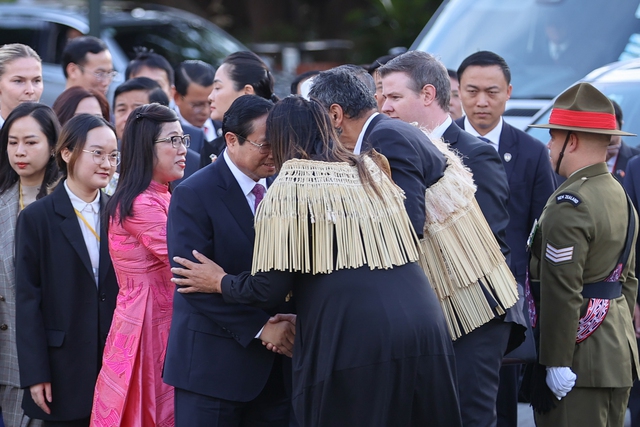
The solemn welcoming ceremony included traditional Maori welcoming rituals (Photo: VGP/Nhat Bac).
The Maori warriors danced with their weapons to welcome the guests, then placed the wooden knife on the ground in front of Prime Minister Pham Minh Chinh and his wife. The Prime Minister received the knife and held it throughout the ceremony. While picking up the wooden knife, the Prime Minister did not take his eyes off the Maori warriors.
After Captain Kaikaranga said his blessing and prayers; Maori artists performed a traditional dance; then, Prime Minister Pham Minh Chinh and his wife performed the Hongi (nose touching) ceremony and ended the traditional welcoming ceremony.
The Commander of the New Zealand Army welcomed Prime Minister Pham Minh Chinh and his wife at the podium.
As the Prime Minister stepped onto the podium, the military band played the Vietnamese national anthem, the Vietnamese flag was raised and flown, and 19 cannon salutes were fired to welcome the Prime Minister, his wife, and the high-ranking Vietnamese delegation. The captain of the New Zealand military honor guard invited the Vietnamese Prime Minister to inspect the honor guard; then the Vietnamese national anthem was played once again, ending the welcoming ceremony.
The official visit to New Zealand by Prime Minister Pham Minh Chinh and his wife took place from March 10-11. After the welcoming ceremony, the two Prime Ministers held talks; witnessed the signing of cooperation documents; and met with the press to announce the results of the talks.
Why is there a traditional Maori welcoming ceremony for guests?
The reason the welcoming ceremony has traditional Maori rituals is because the Maori are the first people to explore and live in New Zealand; the Maori account for 15.1% of the total population. Besides English, the Maori language is widely used in New Zealand.
One of the most recognizable characteristics of the Maori people is the tattooing of patterns on their faces using knives made from sharpened bones, shark teeth or stones.
They believe that this tattoo helps men become stronger and more ferocious in combat as well as attract women better.
The Maori have a unique greeting culture called "Hongi". That is greeting by rubbing noses together and ending the greeting with a handshake. This action means giving each other the breath of life.
Clothing is also a highlight of Maori culture, mainly made from plants, feathers and animal skins. Women usually wear long animal skin dresses while men wear cloaks with loincloths or leather skirts. It takes several months to prepare the materials and complete the sewing process.
Some pictures at the special welcome ceremony:
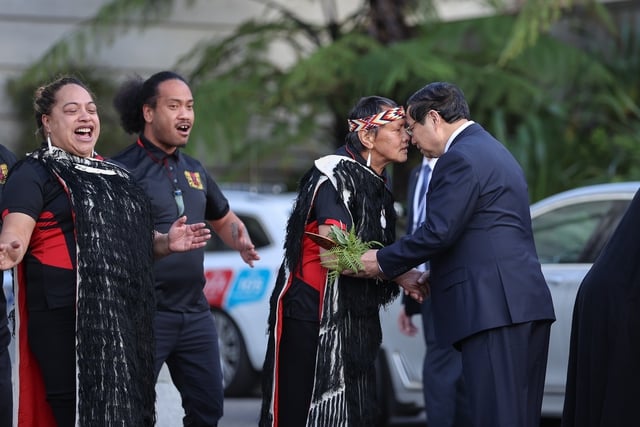
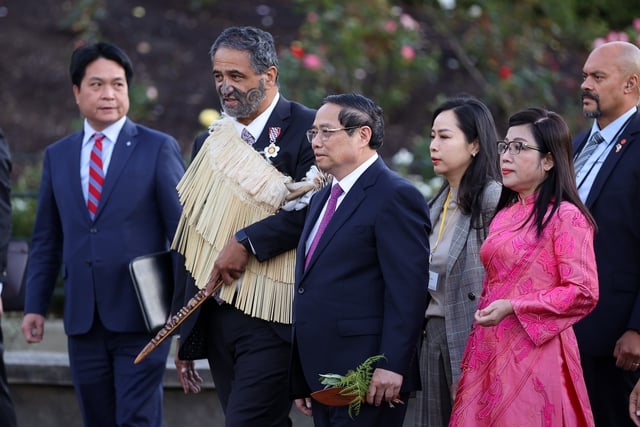
The Maori Chief (Kaikorero) and Chief Kaikaranga (Chief of Ceremonies) welcomed and invited Prime Minister Pham Minh Chinh and his wife into the area to conduct the welcoming ceremony (Photo: VGP/Nhat Bac).
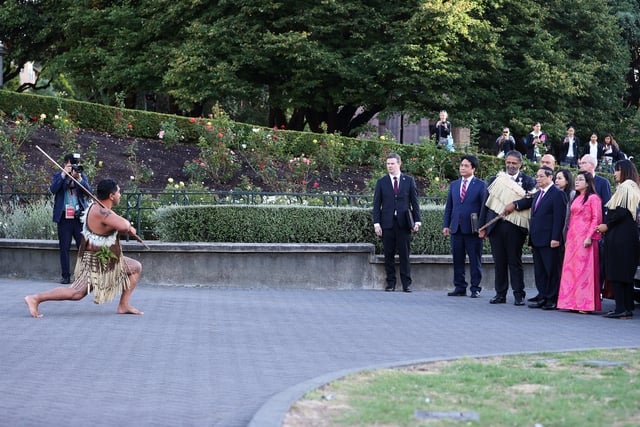
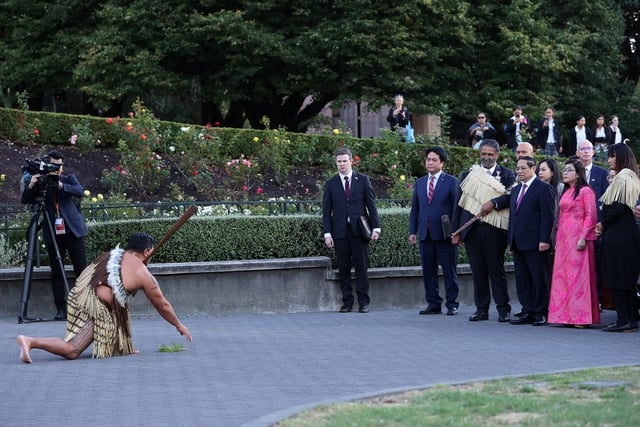
Maori warriors dance with weapons to welcome guests (Photo: VGP/Nhat Bac).
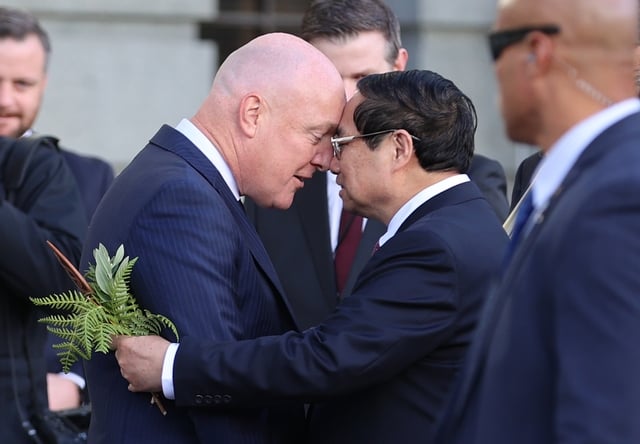
New Zealand Prime Minister and Prime Minister Pham Minh Chinh perform the Hongi (nose-touching) ceremony during the welcoming ceremony (Photo: VGP/Nhat Bac).
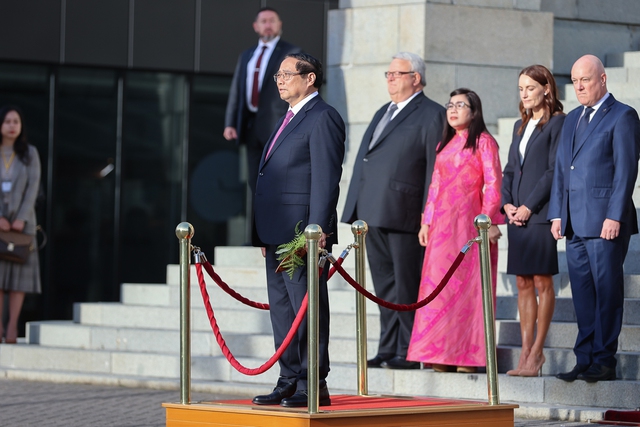
Prime Minister Pham Minh Chinh received the knife and held it throughout the ceremony (Photo: VGP/Nhat Bac).
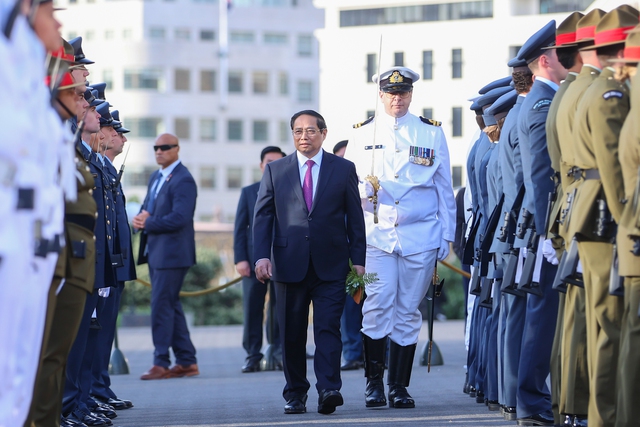
The captain of the New Zealand military honor guard invited the Vietnamese Prime Minister to inspect the honor guard (Photo: VGP/Nhat Bac).
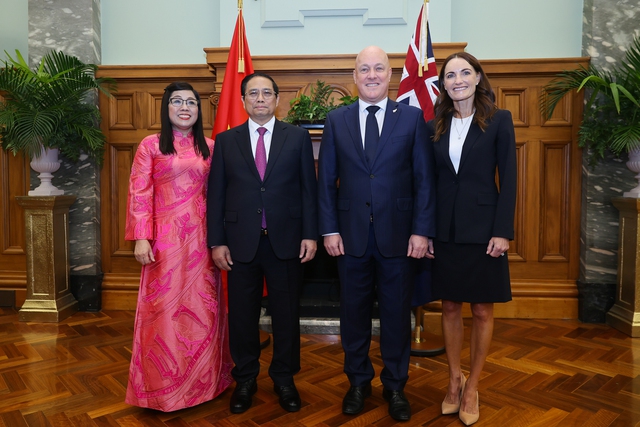
The two Prime Ministers and their wives took a souvenir photo (Photo: VGP/Nhat Bac).
Source



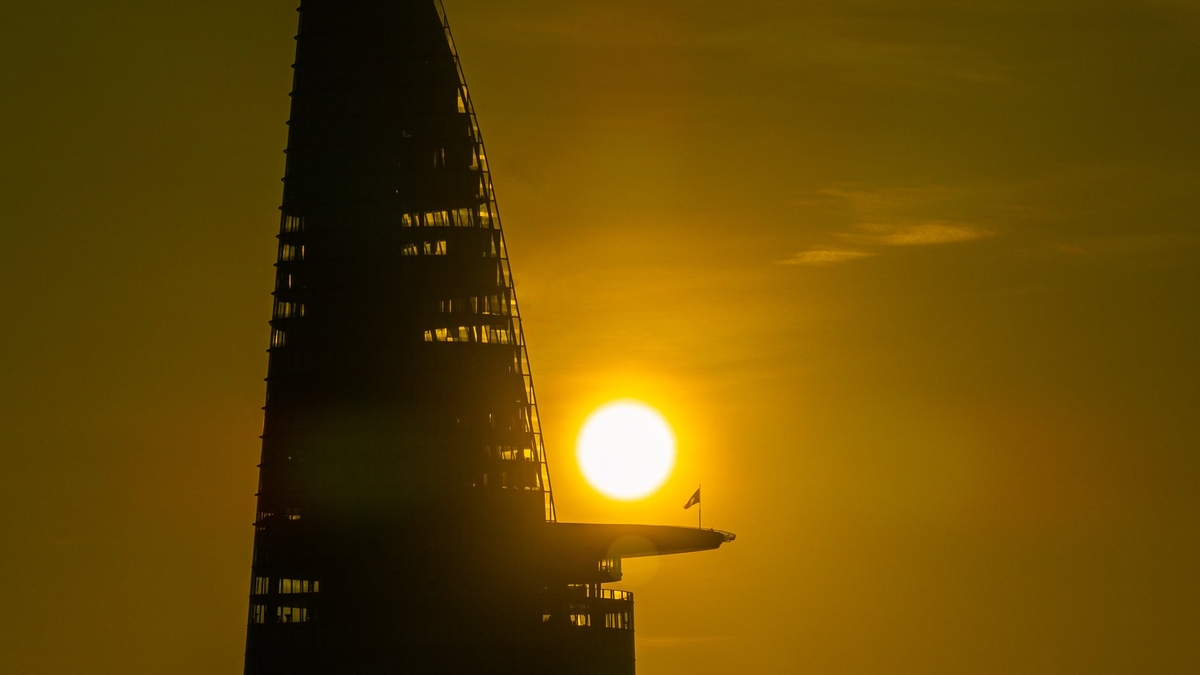
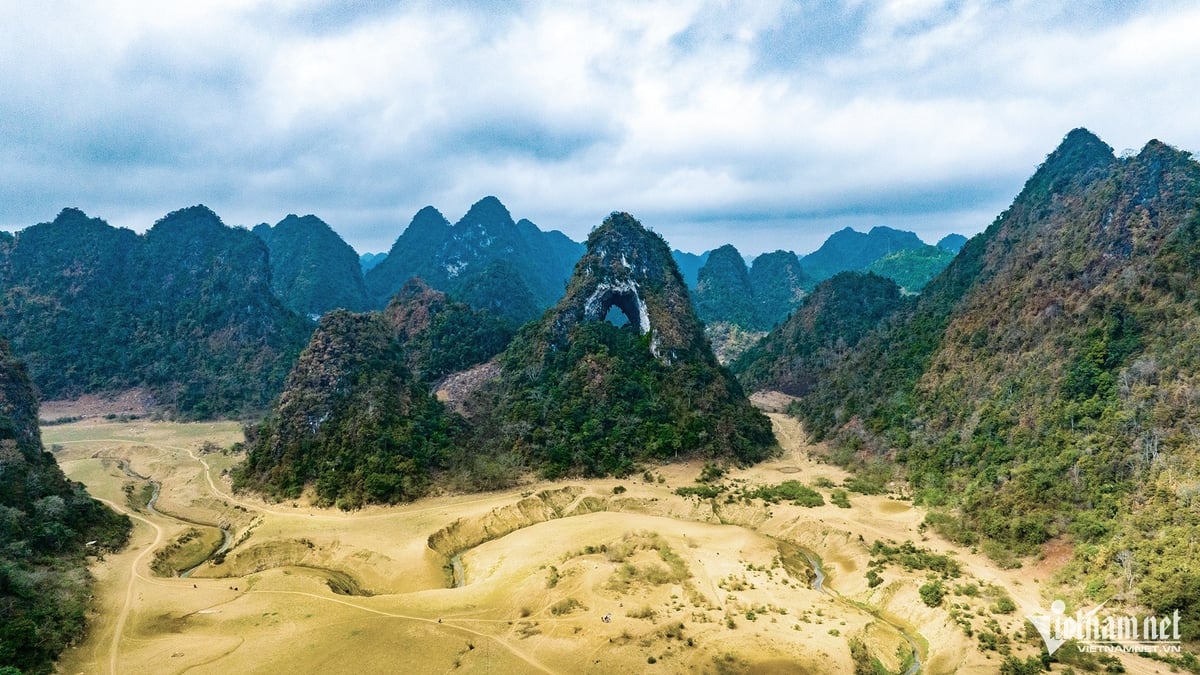
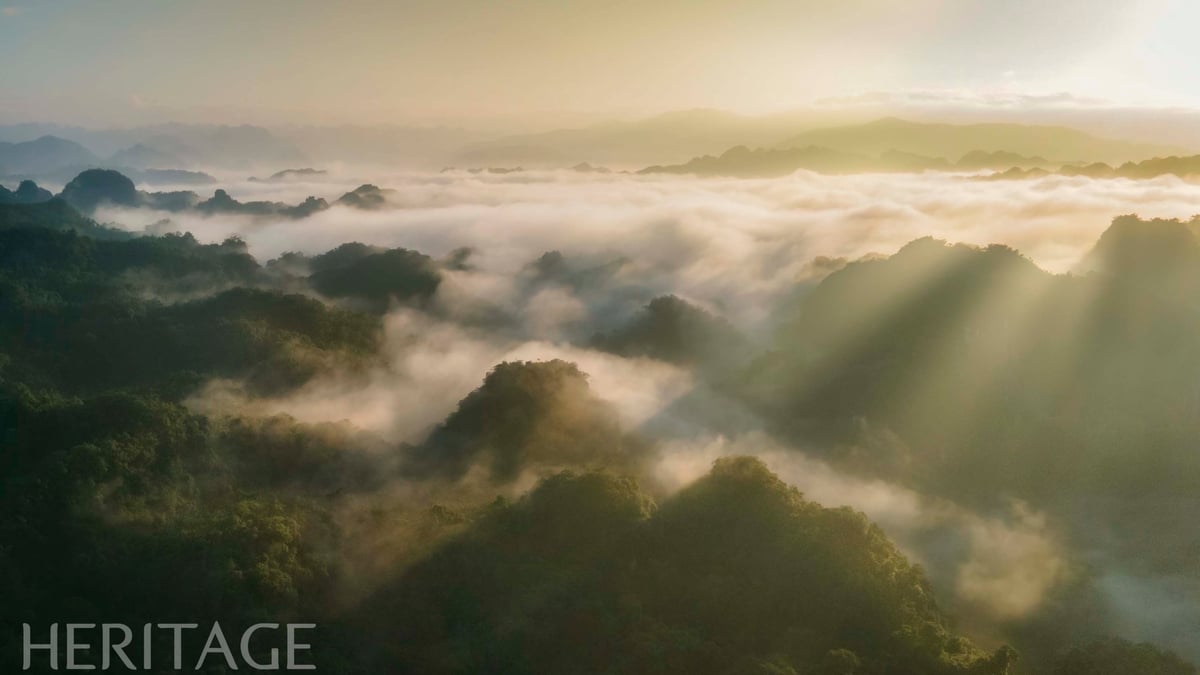

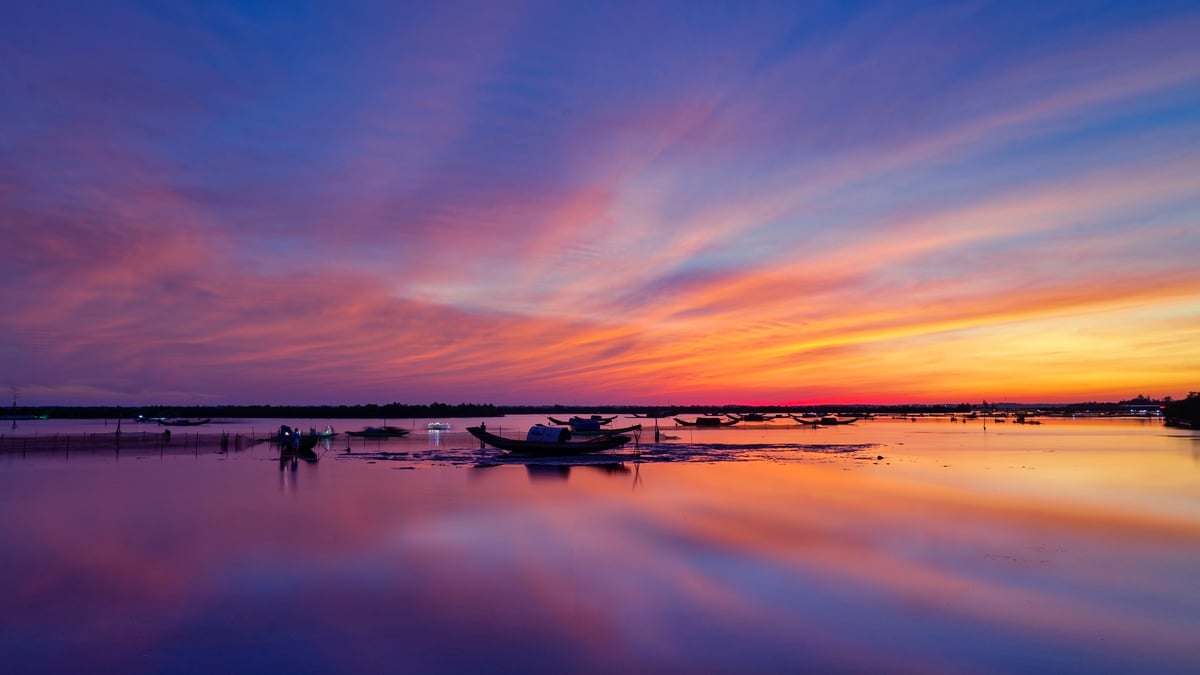
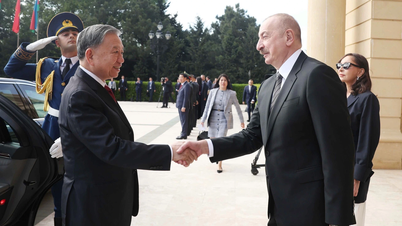

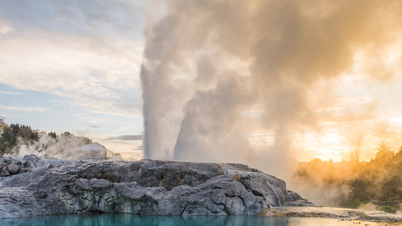

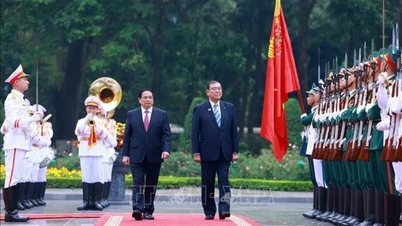

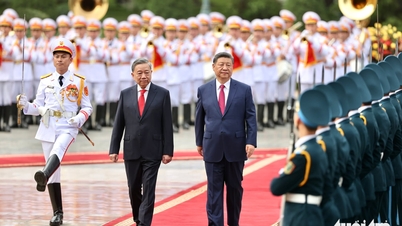



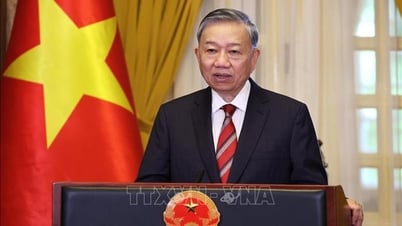
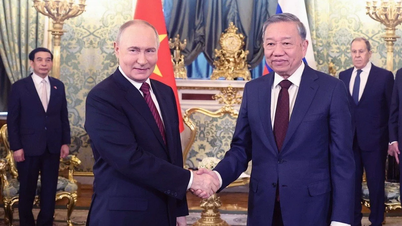
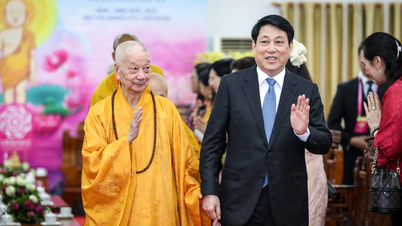
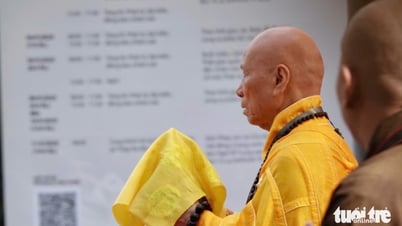
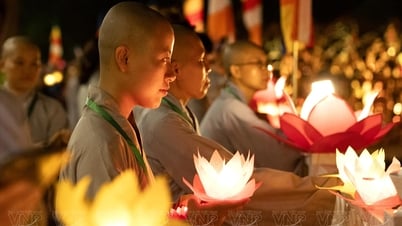
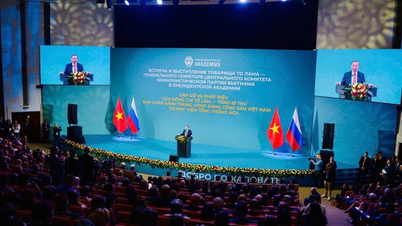







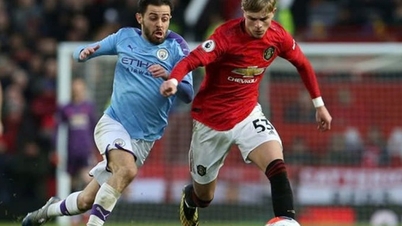
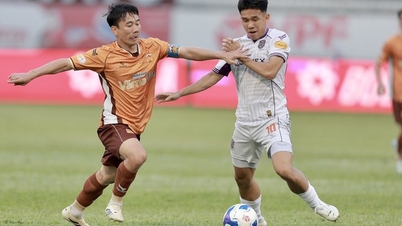

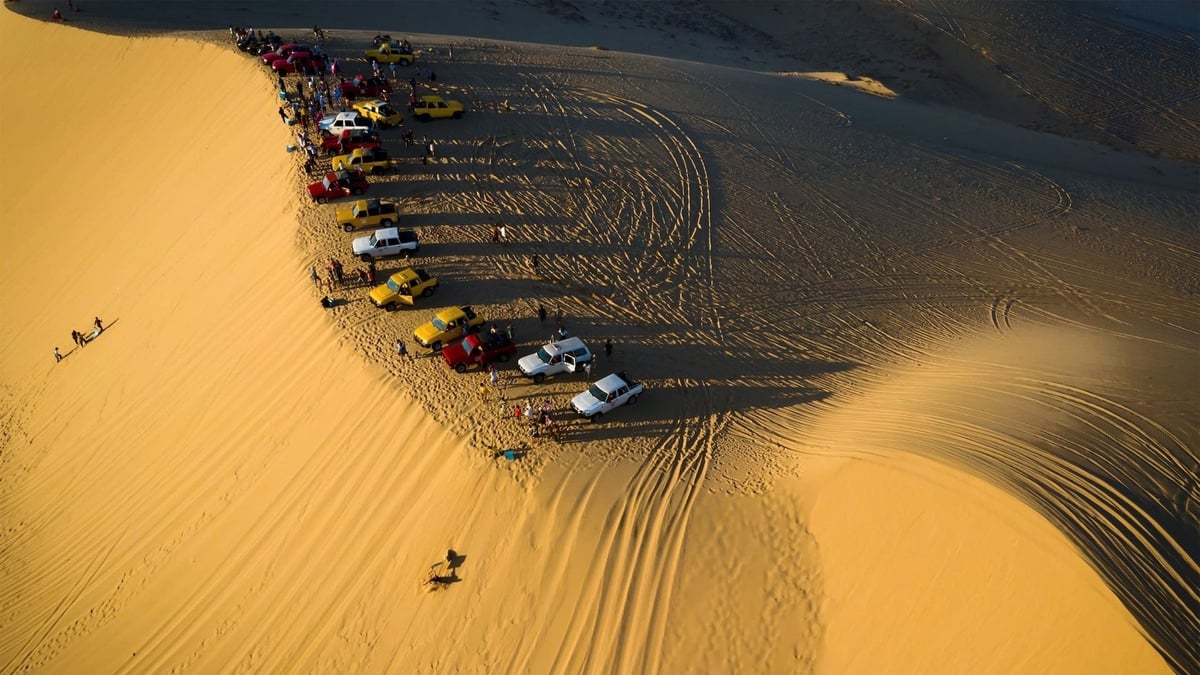
![[Photo] General Secretary To Lam meets and expresses gratitude to Vietnam's Belarusian friends](https://vphoto.vietnam.vn/thumb/1200x675/vietnam/resource/IMAGE/2025/5/11/c515ee2054c54a87aa8a7cb520f2fa6e)
![[Photo] General Secretary To Lam concludes visit to Russia, departs for Belarus](https://vphoto.vietnam.vn/thumb/1200x675/vietnam/resource/IMAGE/2025/5/11/0acf1081a95e4b1d9886c67fdafd95ed)
![[Photo] General Secretary To Lam arrives in Minsk, begins state visit to Belarus](https://vphoto.vietnam.vn/thumb/1200x675/vietnam/resource/IMAGE/2025/5/11/76602f587468437f8b5b7104495f444d)
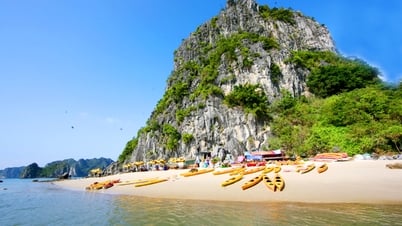

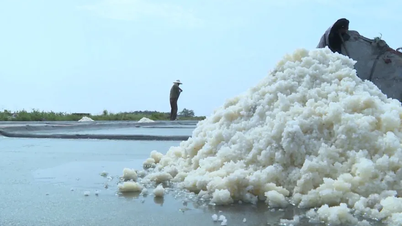

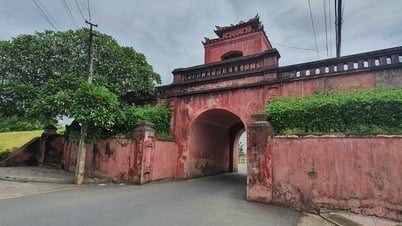



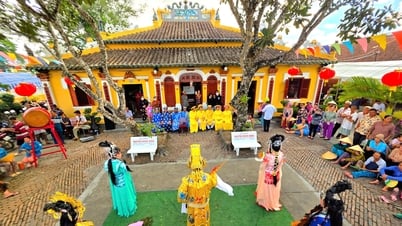
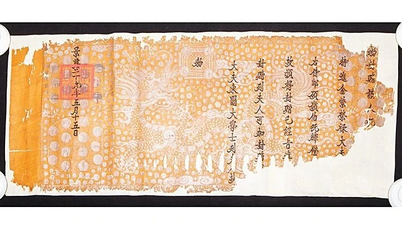

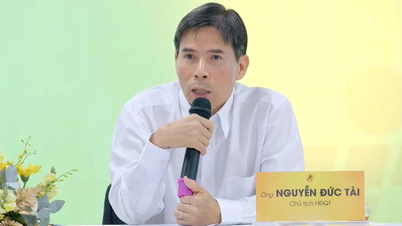

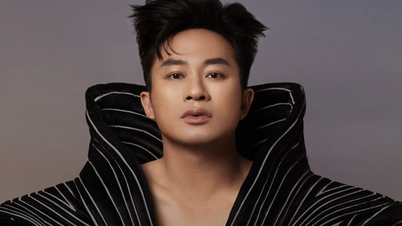

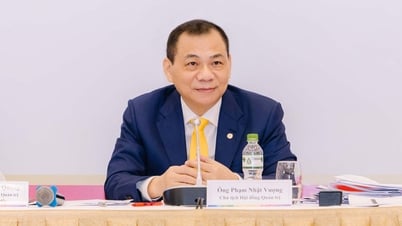

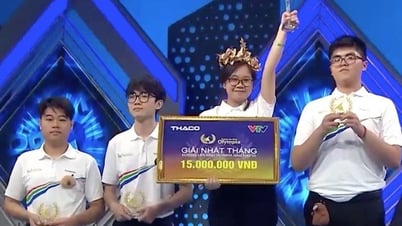

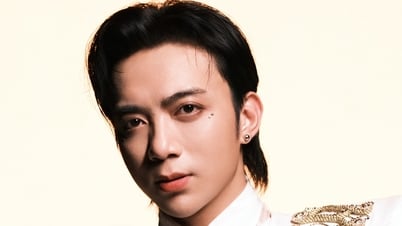
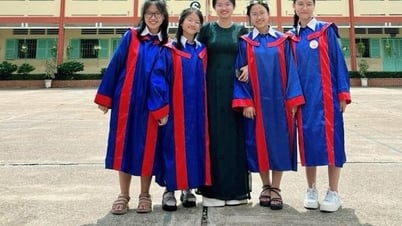

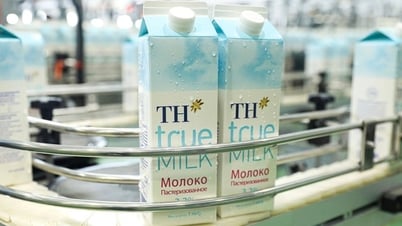

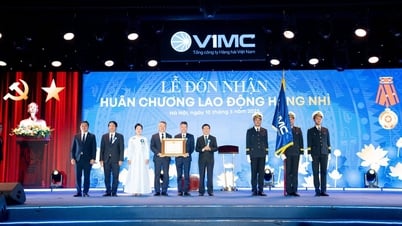
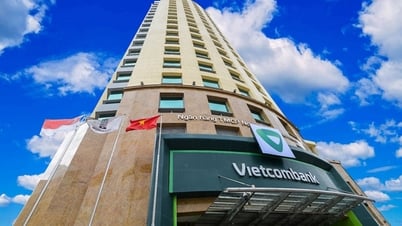

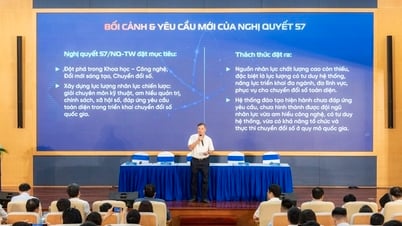
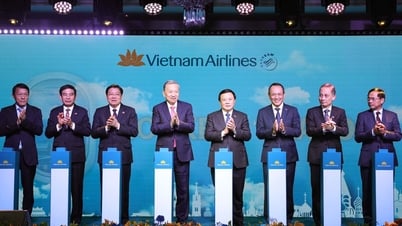


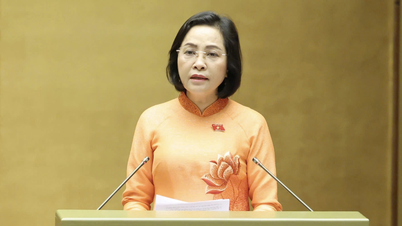
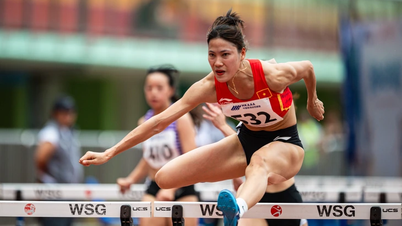
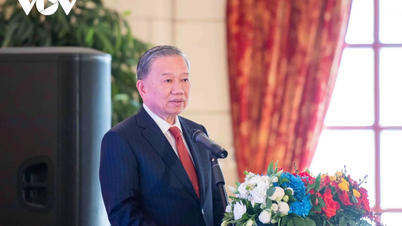

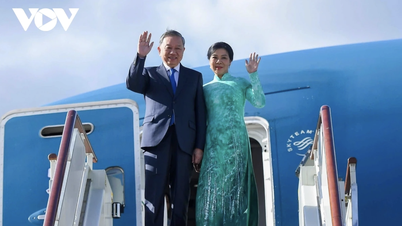
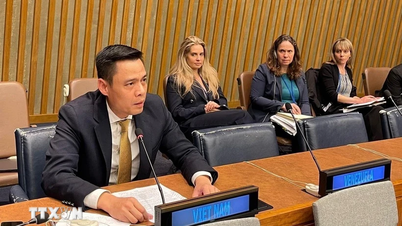

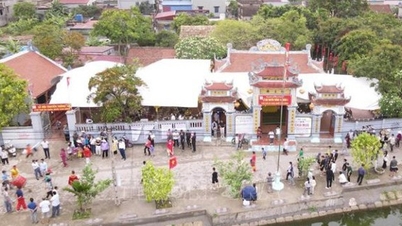

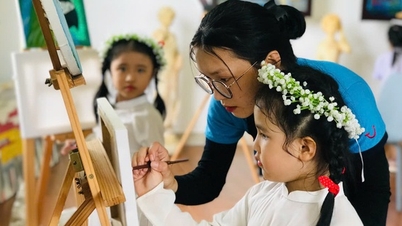
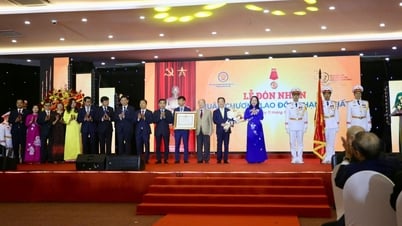

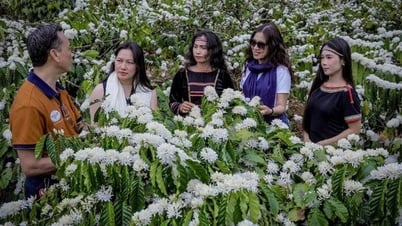

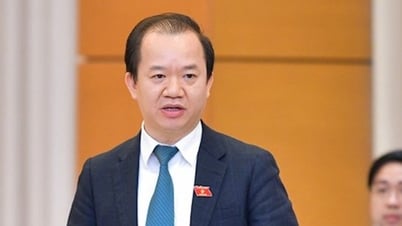
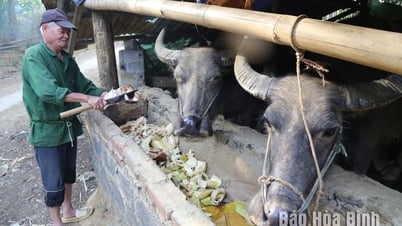

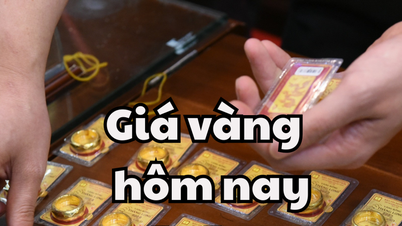




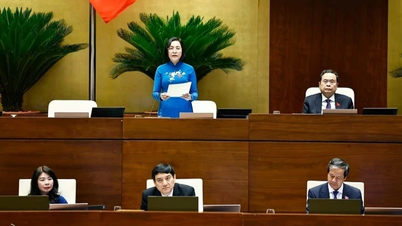

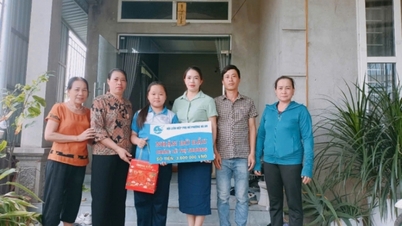
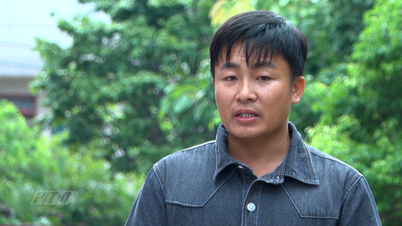
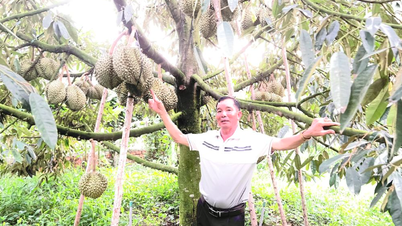


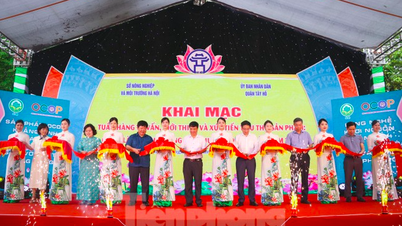

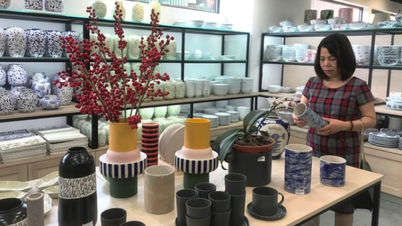
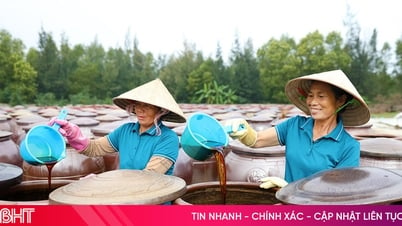

Comment (0)